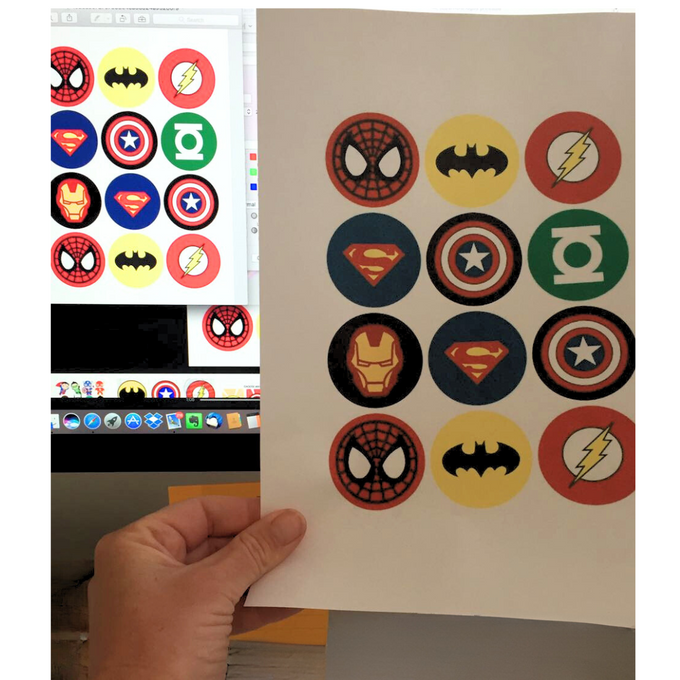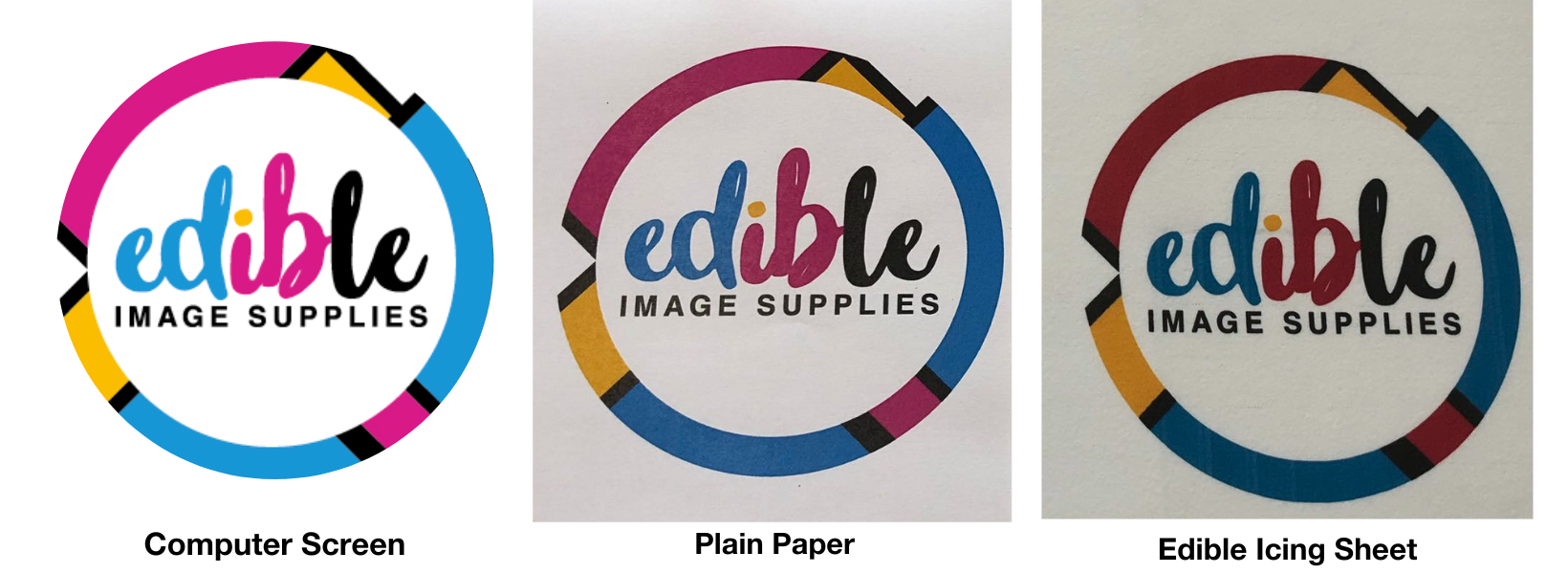
Managing Expectations in Edible Printing: Navigating Colour Challenges and Realistic Outcomes
Posted by Nicole Tait on 24th Aug 2023
Edible printing is a captivating way to transform sweet treats into edible masterpieces, allowing you to add intricate designs, personal touches, and vibrant colours to your creations. However, it's important to understand that the process of edible printing comes with its own unique characteristics and challenges that can impact the final appearance of your printed images.
Edible Printing on Icing Sheets vs. Regular Paper
Printing with edible ink on edible icing sheets produces a different result to printing with normal ink on regular paper. Also, icing sheet quality can affect your printing outcome. It is always best to use high quality, bright white icing sheets, such as the ones stocked at EIS. Likewise, using high-quality edible ink will also maximise your printing success.

The Colour Conundrum
Sometimes a perfect match between the image you are viewing on your computer screen (RGB colour) and the printed edible image (CMYK colour) may not be achievable. When you create an image on your computer screen, the colours you see are generated using digital ink and pixels, which differ significantly from the edible inks used in printing. Edible inks are specially formulated to be safe for consumption, and this formulation can result in colour variations. Pinks, purples, and reds, in particular, tend to be more challenging to match precisely due to the composition of the inks and the surfaces they're applied to.
The Subtle Shifts in Drying Colours
While the edible images you print may appear one way when freshly printed, they can undergo subtle shifts in colour as they dry. This phenomenon is particularly noticeable with certain shades that darken slightly during the drying process. It's crucial to keep this in mind when preparing your edible prints, as the final appearance may differ from your initial expectations.
TIP: Do NOT use the photo quality print setting when printing edible images. This puts more ink on the icing sheet and will make the image even darker.
The Art of Expectation Management
As an edible printing enthusiast, it's essential to set clear and realistic expectations for yourself and your customers. This is especially true when you're offering edible printing services to clients who might anticipate exact colour matches to their reference images. Here are a few strategies to manage these expectations effectively:
1.Provide Visual Examples: Showcase a range of printed images that demonstrate the potential variation in colours due to the edible printing process. This can help customers understand that some discrepancies are normal and should be expected.
2. Colour Swatches: Offer colour swatches that show how certain colours might appear when printed using edible inks. This allows customers to choose colours with a better understanding of the potential outcomes.
3. Sample Images: Consider providing sample images of your past work that reflect the actual colour variation that can occur in edible printing. This helps customers make informed decisions and reduces the likelihood of disappointment.
4. Communication: Openly communicate with your clients about the colour challenges involved in edible printing. By explaining the nuances of the process, you can build trust and ensure that they're prepared for any variations.
5. Flexibility: Encourage clients to embrace the creative possibilities that edible printing offers, even if exact colour replication is not always achievable. Suggest alternative colour schemes or design elements that can work harmoniously with the inherent characteristics of edible printing.
TIP: One of the most important factors is to always use high quality image files. The larger the file size the better.
While edible printing is a remarkable way to add flair to your delicious goods, it's crucial to recognise that the transition from screen to edible surface involves colour challenges. By proactively addressing these challenges and managing the expectations of both yourself and your customers, you can continue to create stunning edible prints that fulfil the brief.

